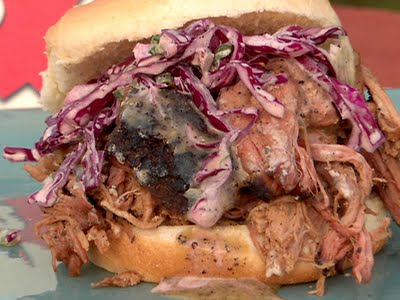Pork barbecue with vinegar and pepper-based sauce is the source of 23 per cent of salmonella-positive samples the U.S. Department of Agriculture reviewed from 2005 to 2010. The contamination has not caused any known illnesses.
Exactly what part of the dish is contaminating it with salmonella isn’t clear. FSIS notes that it “may have come from the addition of contaminated ingredients (such as the  pepper) to the sauce, or from cross-contamination of the product or sauce in the post lethality processing environment.”
pepper) to the sauce, or from cross-contamination of the product or sauce in the post lethality processing environment.”
During processing of these products, the pork was cooked first, and the barbecue sauce was added after the cooking step. The lack of a lethality treatment for the sauce or its ingredients could result in contamination of the final product.
Meatingplace.com reports inspectors were told to plan an awareness meeting on the subject, and to ensure that the plants they inspect have a HACCP plan that enables them to determine whether the establishment had a way of evaluating the safety of the ingredients added after the lethality step.

 What better occasion to try out alleged
What better occasion to try out alleged  And I didn’t take pictures of Thursday’s dinner, but Top Chef on Wed. night also struggled with lamb, and none of the hot-shot chefs could agree on how to define medium-rare lamb.
And I didn’t take pictures of Thursday’s dinner, but Top Chef on Wed. night also struggled with lamb, and none of the hot-shot chefs could agree on how to define medium-rare lamb.  The lamb shoulder roast we had last night was cooked to 140F.
The lamb shoulder roast we had last night was cooked to 140F.  William Hodgins, 81, died of a ruptured stomach
William Hodgins, 81, died of a ruptured stomach.jpg)
.jpg) The sauce, which was served with the fish of the day at Tables restaurant in Pymble on January 12, 2007, had 9.8 million colony-producing units of Bacillus cereus per gram.
The sauce, which was served with the fish of the day at Tables restaurant in Pymble on January 12, 2007, had 9.8 million colony-producing units of Bacillus cereus per gram.